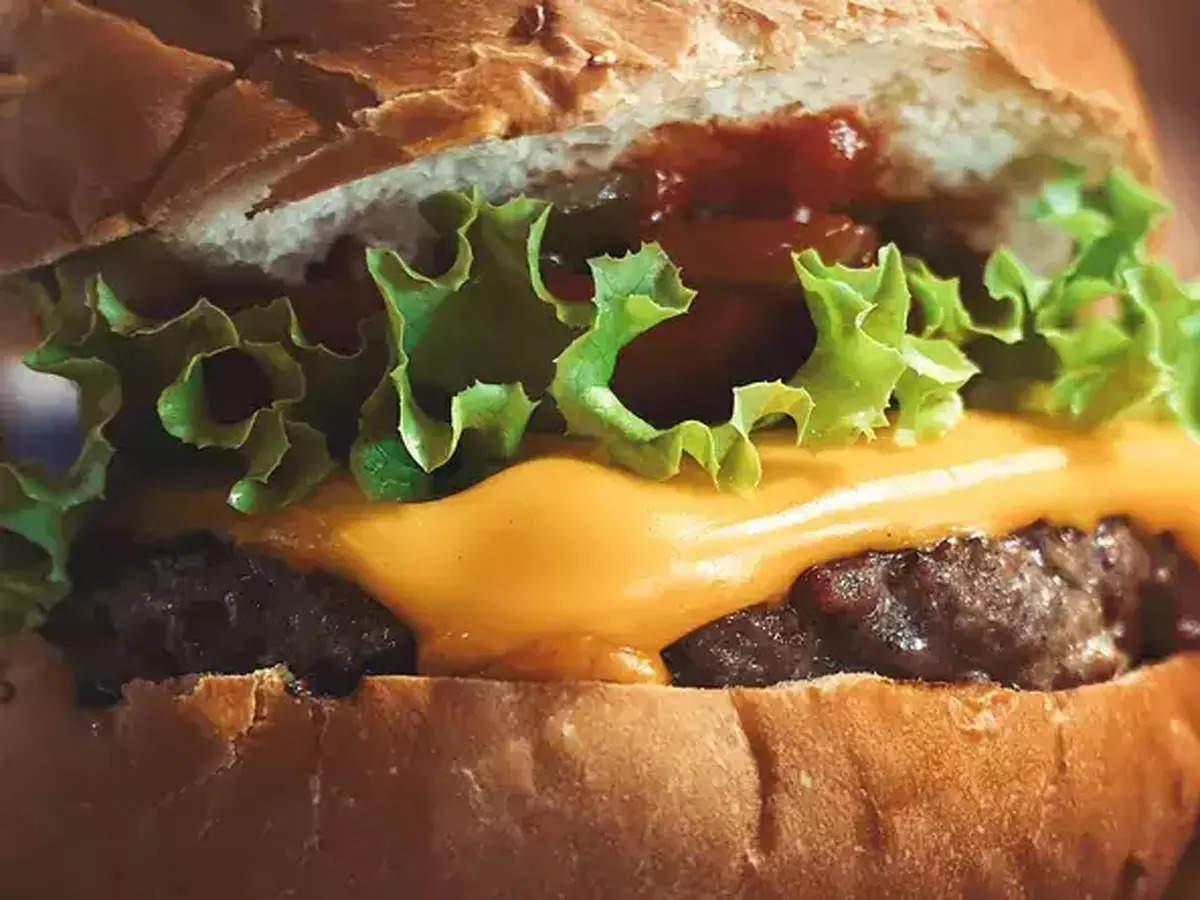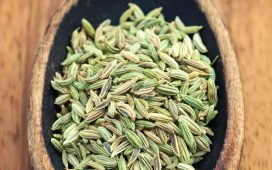
Recently, however, a cheesy kerfuffle erupted in Maharashtra after the state FDA cancelled the licence of a McDonald’s outlet in Ahmednagar for using cheap vegetable oil instead of cheese in its products. A news report in this veritable paper stated that the FDA officials found that McCHEESE burgers, CHEESY nuggets, and CHEESY dips were actually – horror of horrors! – ‘cheese flavoured‘.
The regulator alleged that the company used cheese analogues, which replicate the taste and texture of real dairy cheese, without proper disclosure on labels or display boards, misleading consumers into thinking they were eating the real thing.
McDonald’s lived up to its reputation of doing things double quick. It responded on X that it uses ‘only real, quality cheese’ in all their ‘products containing cheese’. Well, there was one small problem in this explanation. News reports also noted that the company has written to FDA that it has renamed cheesy nuggets as ‘veg nuggets’, cheese veg burger as ‘cheddar delight veg burger’ and blueberry cheesecake as ‘blueberry cake’. Talk about a sweet and quick makeover.
The McDonald’s saga reminds me of another case. Some years ago, Amul initiated action against Unilever‘s Wall’s range of frozen products because they were not pure milk-based and were partly made from vegetable oil fats. Today, Kwality Wall’s labels the product as ‘frozen dessert’. Interestingly, Kwality Wall’s’ Trixy Cheesecake frozen dessert contains natural, identical cheesecake flavouring.
So, how much cheese do you need to call something cheese? This existential question made me look for brands that use the word ‘cheese’ in their brand names. The first name that popped up was the popular Parle Monaco Cheeslings mini biscuits. When I examined their label declaration, I discovered it contains between 1% and 2% real cheese. Yet another brand of cookies, Malkist cheese-flavoured crunchy layered cracker biscuits, claims to be, well, cheese flavoured on their label. But it, too, declares around 2% as real cheese.Now, hunt for cookies and snack bars in your local supermarket. Many claim to have butter, cheese, cashew nuts, fruits, almonds, millet, and other healthy ingredients. Chances are they contain what they declare on their label, but the amount could be as low as 2% (as in the case of Britannia Good Day Cashew Cookies) to as high as 10%. Some time back at an industry forum, the CEO of a large company that specialises in making millet-based products said that he insisted that every product that his company claimed to be millet-based – with an explicit declaration on the label as containing ‘goodness of millets’ – should contain at least 20% millets. I was also reminded of Bajaj Almond Drops hair oil. That brand name is the most honest brand name possible because each bottle contains about 21% almond oil.
When it comes to fruits, there is a law against soft drinks claiming their products to be orange or lemon. They must declare it as ‘orange-flavoured’ or ‘lemon-flavoured’. Check out Fanta or 7Up. Their advertising prohibits showing real oranges or real lemons if they don’t contain real fruit juice. 7UP Nimbooz declares that it contains real lemon juice and, hence, shows real lemons on its bottle. Coca-Cola’s Fanta shows an image of an orange for the same reason. When you see Katrina Kaif crunching into a Tropicana Slice bottle made of real mango in a commercial and displaying techniques straight from ‘Aamsutra’, remember Tropicana’s getting away with it because the brand contains real mango juice – but around 14%.
Let’s get this straight – the standing of a food brand depends on the quality of its ingredients, and they must be reflected fairly on their labels. Indian consumers are now getting wizened up to reading label declarations and examining ingredient claims. Action from authorities against those flouting norms will only sensitise consumers more.
In the future, we should see AI tools and QR codes helping consumers look through the fog of label declarations. Enough of cheesy double-speak.










